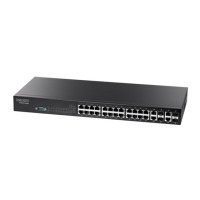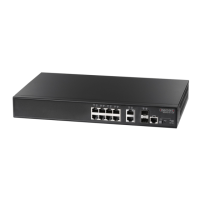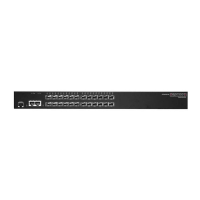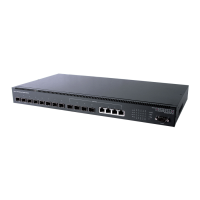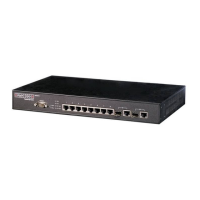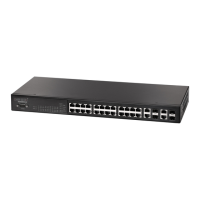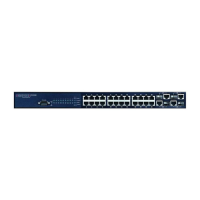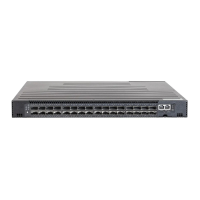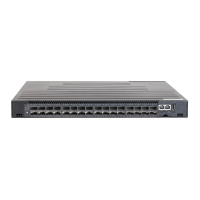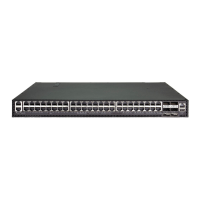C
HAPTER
26
| Interface Commands
Transceiver Threshold Configuration
– 986 –
EXAMPLE
The following example sets alarm thresholds for the transceiver
temperature at port 1.
Console(config)interface ethernet 1/1
Console(config-if)#transceiver-threshold temperature low-alarm 97
Console(config-if)#transceiver-threshold temperature high-alarm -83
Console#
transceiver-
threshold tx-power
This command sets thresholds for the transceiver power level of the
transmitted signal which can be used to trigger an alarm or warning
message.
SYNTAX
transceiver-threshold tx-power {high-alarm | high-warning |
low-alarm | low-warning} threshold-value
high-alarm – Sets the high power threshold for an alarm message.
high-warning – Sets the high power threshold for a warning
message.
low-alarm – Sets the low power threshold for an alarm message.
low-warning – Sets the low power threshold for a warning
message.
threshold-value – The power threshold of the transmitted signal.
(Range: -4000 - 820 in units of 0.01 dBm)
DEFAULT SETTING
High Alarm: -9.00 dBm
HIgh Warning: -9.50 dBm
Low Warning: -21.00 dBm
Low Alarm: -21.50 dBm
COMMAND MODE
Interface Configuration (Ethernet)
COMMAND USAGE
◆ The threshold value is the power ratio in decibels (dB) of the measured
power referenced to one milliwatt (mW).
◆ Refer to the Command Usage section under the transceiver-threshold
current command for more information on configuring transceiver
thresholds.
◆ Trap messages enabled by the transceiver-monitor command are sent
to any management station configured by the snmp-server host
command.
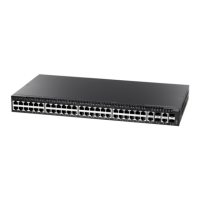
